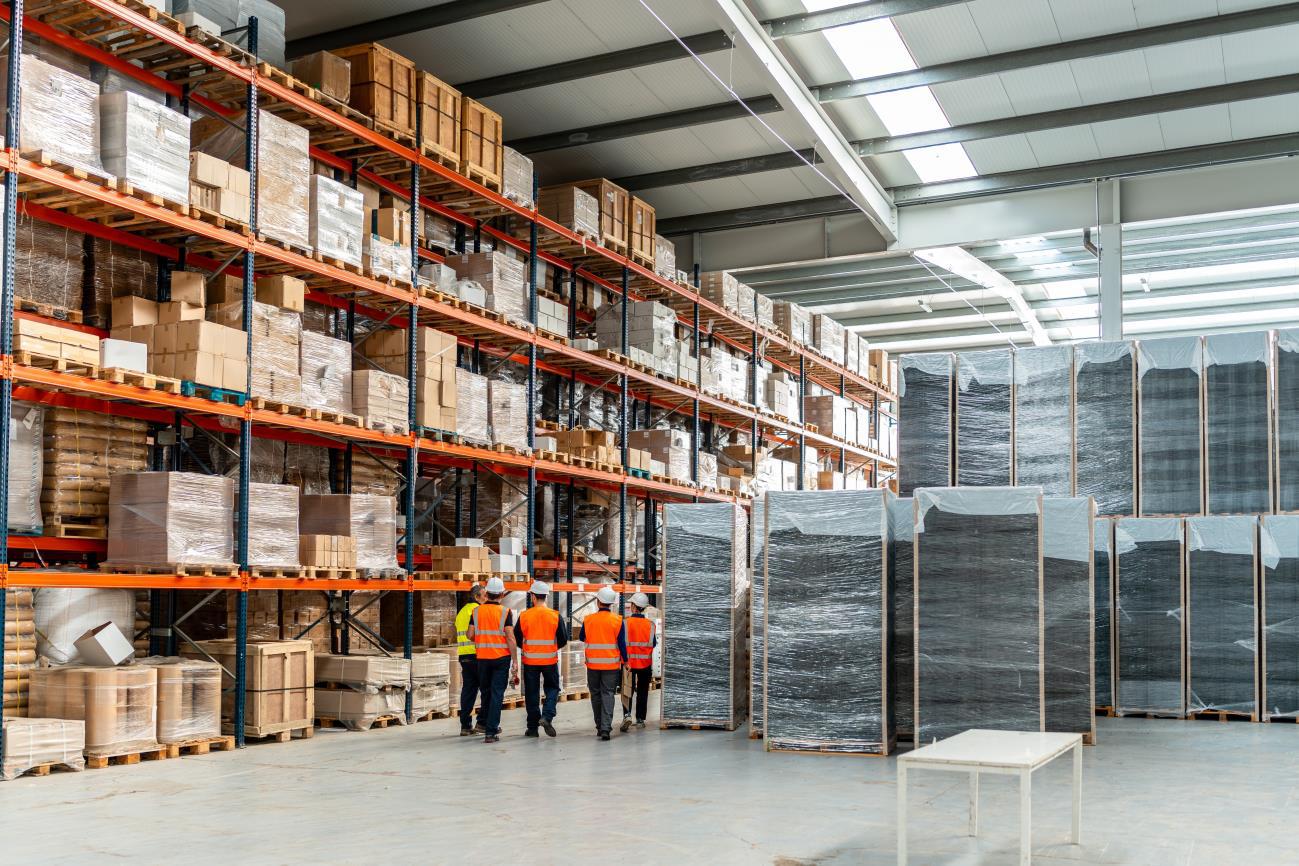Commercial Real Estate Outlook: What’s Next for Philippine Cities
October 23, 2025
- What Are the Key Trends Shaping Philippine Real Estate in 2026?
- How Are Businesses Adapting to Changes in Commercial Office Leasing?
- Which Philippine Cities Are Emerging as Commercial Hotspots?
- What Should Investors Expect in the Future of Office Leasing in 2026?
- Partner with Weaver Group for Strategic Commercial Real Estate Solutions
The question of what lies ahead for the commercial real estate market in the Philippines is a significant one for 2026. How will shifting work models impact office leasing? Which cities are emerging as strong commercial hubs? And how are macroeconomic and policy developments influencing real estate investment decisions?
These questions are shaping how businesses and investors plan their strategies for the coming year. As hybrid work continues to redefine spatial needs, infrastructure projects accelerate, and sustainability becomes a decisive factor, the country’s commercial property sector is positioned for another year of selective growth and transformation. With the economy projected to expand by 6% to 7% in 2026, according to the National Economic and Development Authority (NEDA), the outlook for commercial real estate remains cautiously optimistic.
What Are the Key Trends Shaping Philippine Real Estate in 2026?
The Philippine real estate market continues to show resilience and adaptability. As of mid-2025, prime Grade A offices in Metro Manila’s central business districts averaged PHP 1,118 per square meter per month, with vacancy rates at approximately 10.5%. In contrast, fringe markets experienced vacancy levels exceeding 23%, underscoring a flight-to-quality trend among occupiers (Cushman & Wakefield, 2025).
Heading into 2026, several forces are expected to shape the commercial landscape:
- Sustained demand in prime locations: Colliers projects vacancy in Makati CBD to decline further to 5.5% by 2026, reflecting robust absorption of high-quality office space.
- Evolving leasing structures: Shorter leases and more flexible terms are now standard as companies seek to balance operational agility and cost efficiency.
- Infrastructure and connectivity improvements: The completion of major projects such as the Metro Manila Subway and the North-South Commuter Railway will enhance accessibility to key business districts.
- Increased interest in sustainability: Green-certified developments are gaining tenant preference, aligning with global environmental, social, and governance (ESG) standards.
- Government support for foreign investment: Extended land lease terms of up to 99 years and tax reforms introduced in 2025 continue to encourage foreign participation in commercial real estate (Reuters, 2025).
How Are Businesses Adapting to Changes in Commercial Office Leasing?
Businesses across industries are revisiting their space requirements and leasing strategies. The new standard in commercial office leasing revolves around flexibility, sustainability, and technology integration.
Hybrid work models have reduced the need for large, permanent footprints, giving rise to plug-and-play offices, shorter lease cycles, and tiered location strategies. In 2026, landlords are increasingly offering customizable leases, upgraded building amenities, and tech-enabled infrastructure to attract and retain tenants.
Moreover, organizations are prioritizing transit-oriented and wellness-certified buildings, reflecting a shift in corporate culture toward productivity, accessibility, and employee well-being. This transformation underscores how office leasing decisions are now driven more by value and experience than by sheer square footage.
Which Philippine Cities Are Emerging as Commercial Hotspots?
While Metro Manila remains the country’s main commercial center, other cities are positioning themselves as competitive business destinations.
- Cebu City continues to expand its IT-BPM presence, supported by infrastructure development and a highly skilled workforce.
- Davao City maintains strong investor confidence, with a growing base of logistics and services firms.
- Clark and Pampanga benefit from strategic infrastructure projects like the New Clark City development and enhanced airport connectivity.
- Iloilo City is emerging as a preferred business hub in the Visayas due to its master-planned developments and favorable investment climate.
This regional diversification reflects how commercial real estate growth is no longer confined to the capital. Businesses are increasingly viewing secondary cities as viable, cost-efficient, and future-ready alternatives.
What Should Investors Expect in the Future of Office Leasing in 2026?
The outlook for investors remains constructive but discerning. Prime CBD assets are expected to perform strongly, benefiting from stable tenant demand and limited new supply. By contrast, older and fringe properties may face continued pressure from elevated vacancy rates and rent adjustments.
Looking forward, the key considerations for investors include:
- Focus on Grade A and green-certified assets to ensure long-term value.
- Preference for mixed-use developments integrating office, retail, and residential spaces.
- Regional portfolio diversification to capture growth in emerging cities.
- Continued monitoring of interest rates and fiscal policies, as the Bangko Sentral ng Pilipinas (BSP) is projected to maintain a supportive stance to sustain growth.
In essence, 2026 will reward investors who align capital with the ongoing evolution of corporate space demand and urban expansion.
Partner with Weaver Group for Strategic Commercial Real Estate Solutions
As the commercial real estate landscape continues to evolve, navigating market shifts requires data-driven insight and strategic execution. Weaver Group offers professional expertise in commercial office leasing, property valuation, and asset management enabling clients to make informed, future-ready decisions.
For tailored guidance and market intelligence, contact Weaver Group at 0917-193-2837 (0917-1-WEAVER) and explore strategic solutions for your next commercial investment.



